#Louis-Auguste Bisson
Photo
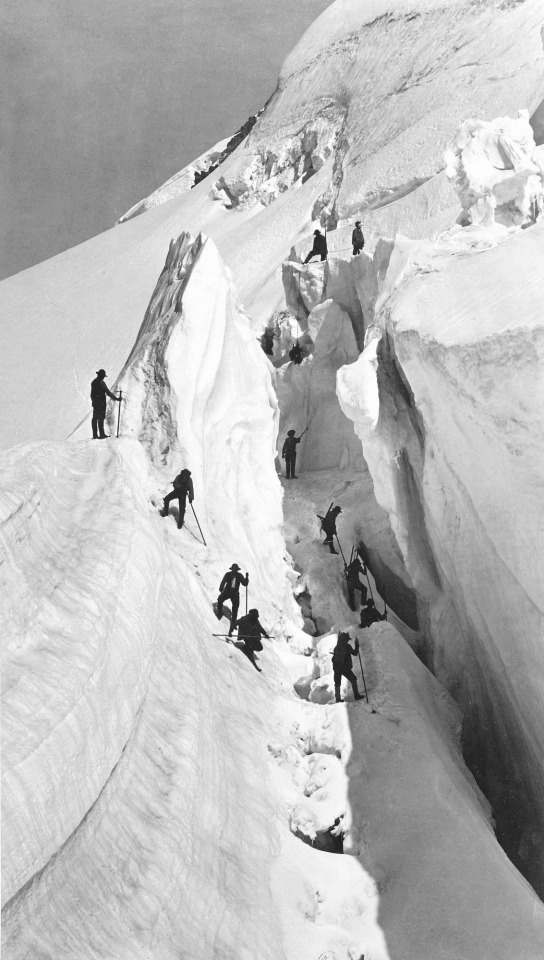
Louis-Auguste Bisson and Auguste-Rosalie Bisson. The crevasse (departure) on the way to the grand plateau, ascent of Mont-Blanc. 1862
I Am Collective Memories • Follow me, — says Visual Ratatosk
#BW#Black and White#Preto e Branco#Noir et Blanc#黒と白#Schwarzweiß#retro#vintage#Louis-Auguste Bisson#Auguste-Rosalie Bisson#crevasse#Mont-Blanc#1862#1860s#mountains#snow#landscape#paisagem#paysage#scenery#Landschaft#風景#ランドスケープ
171 notes
·
View notes
Text

Bisson Frères (*) :: Chateau Chillon sur le lac Leman, Suisse, 19ème siècle. | src Proantic
(*) Photo des Frères Bisson Louis-Auguste Bisson (French, 1814–1876) et Artist: Auguste-Rosalie Bisson (French, 1826–1900)
View on WordPress
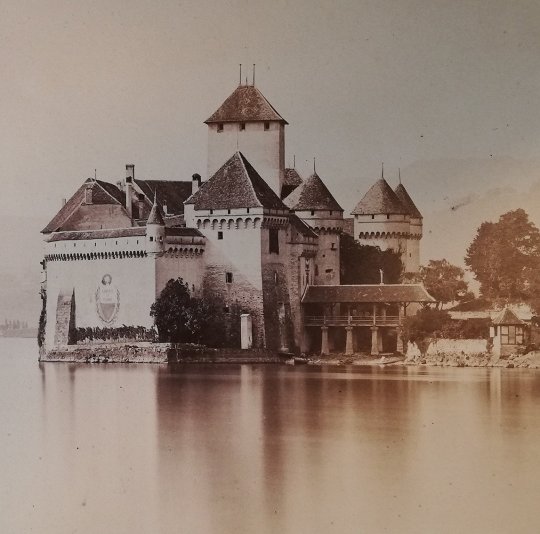
Bisson Frères :: Chateau Chillon sur le lac Leman, Suisse, 19ème siècle (detail). | src Proantic
View on WordPress
#Auguste-Rosalie Bisson#Bisson brothers#bisson frères#bisson freres#castle#chateaux#lac leman#lake#Louis-Auguste Bisson#waterscape#Wasserlandschaft#1860s#paisatge aquàtic#paesaggio acquatico#1870s#paisaje acuático#paysage aquatique
57 notes
·
View notes
Text
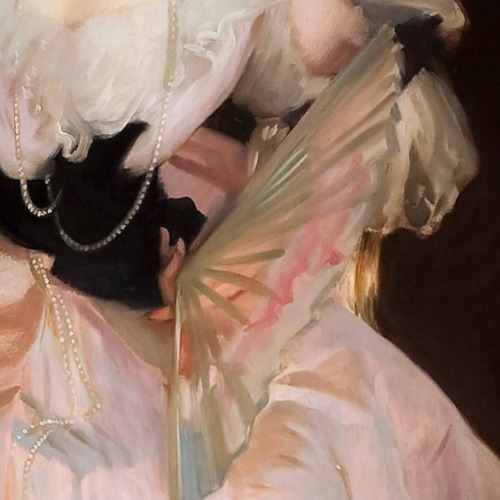
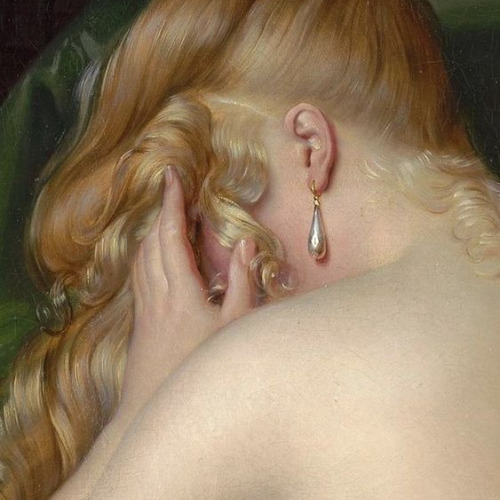
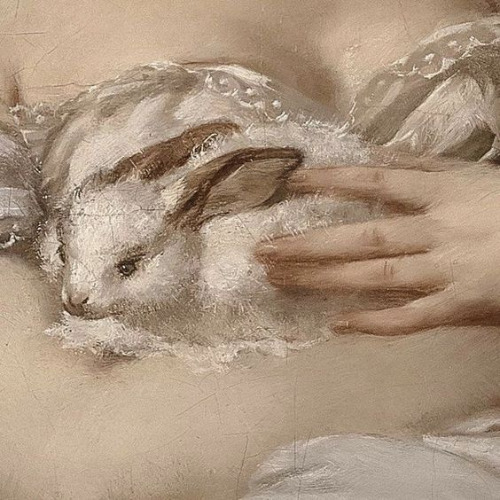
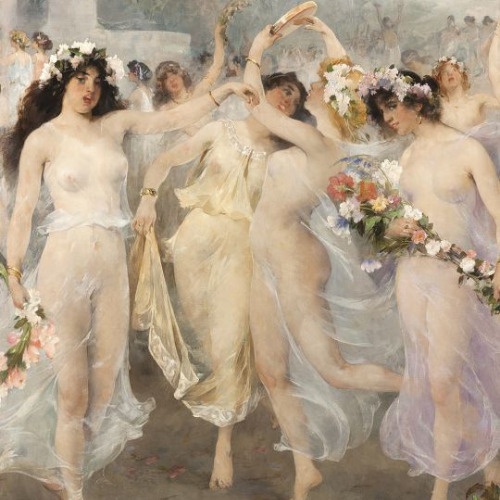


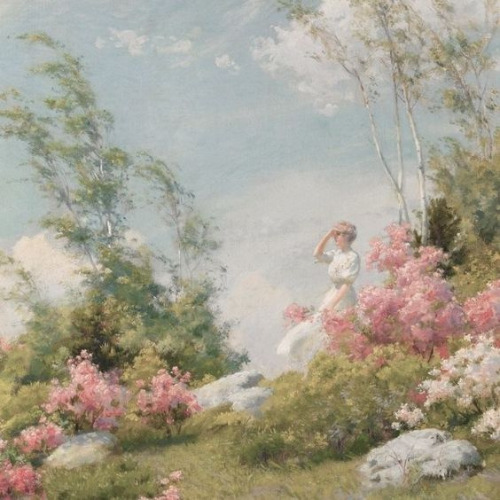


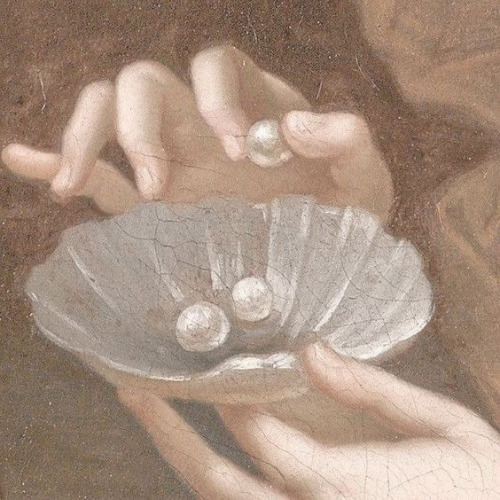
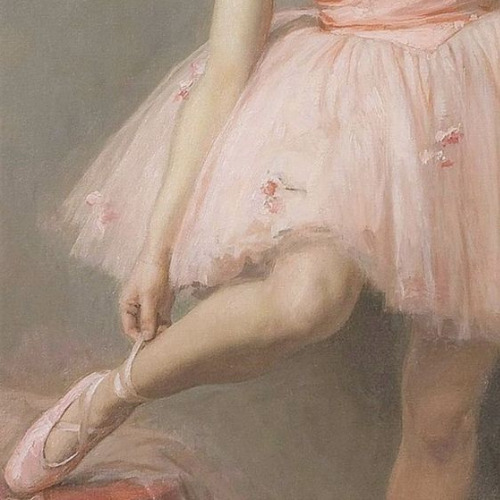
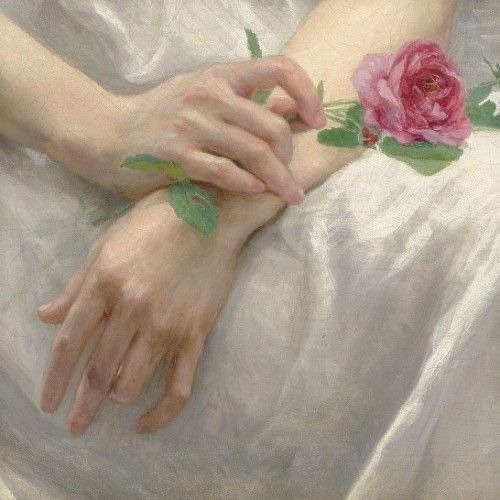
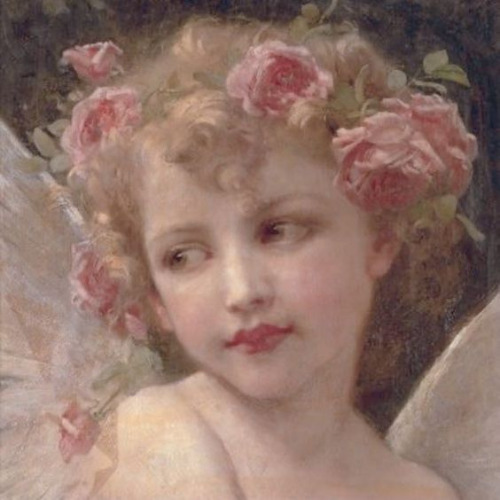
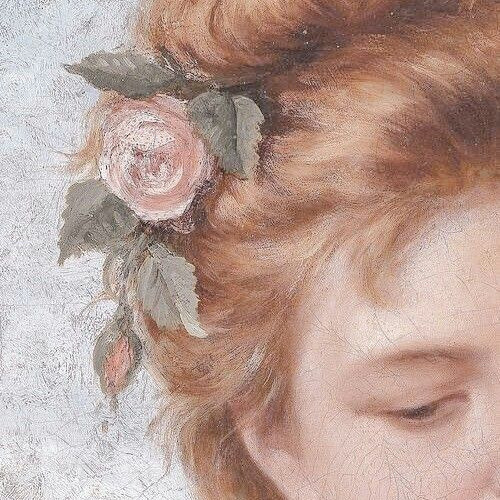
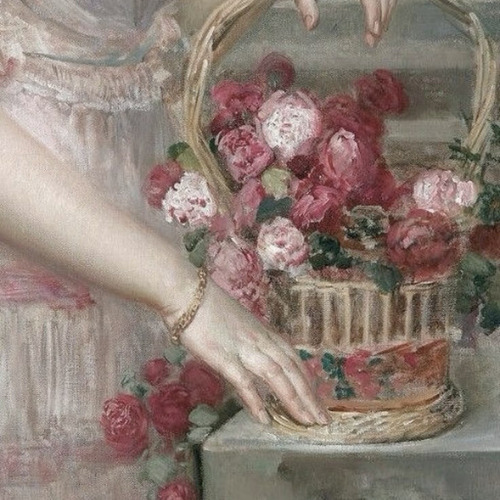

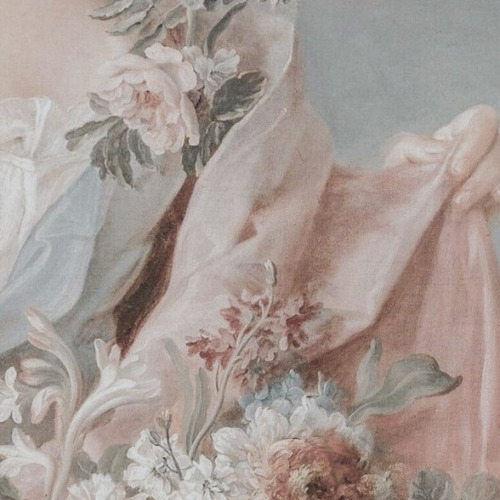
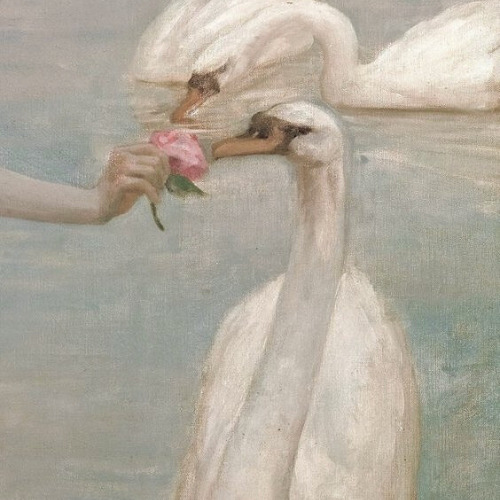
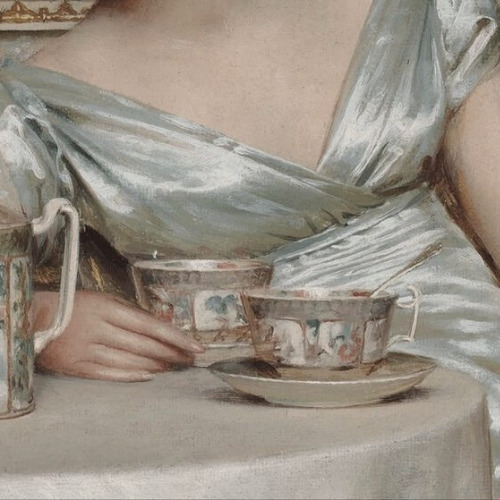
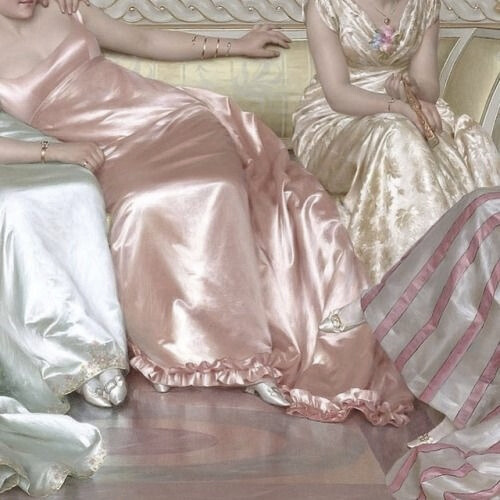

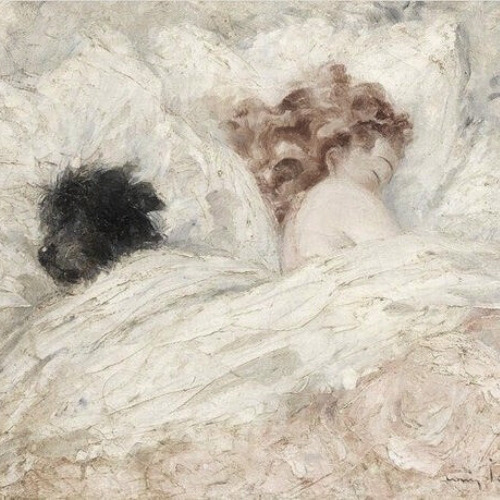
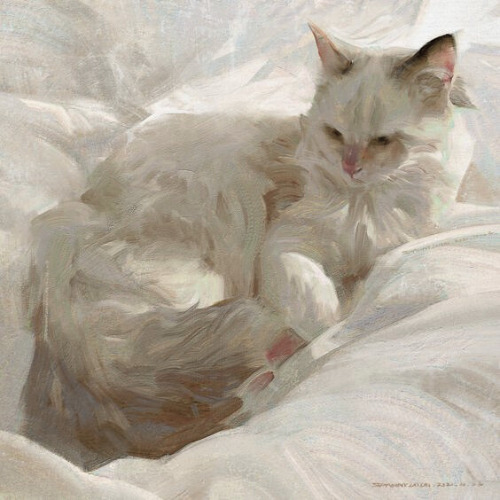
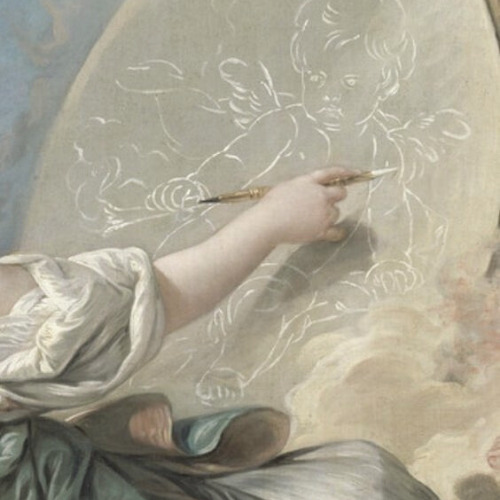
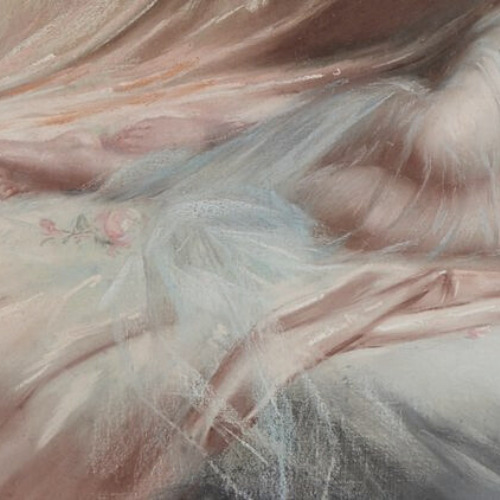
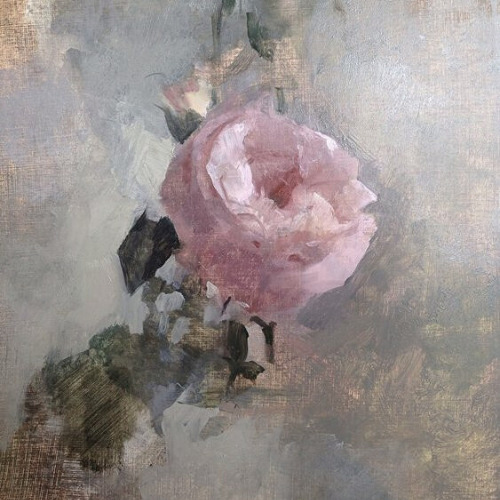
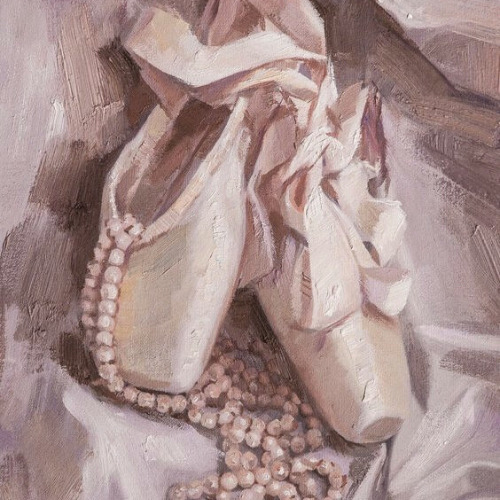
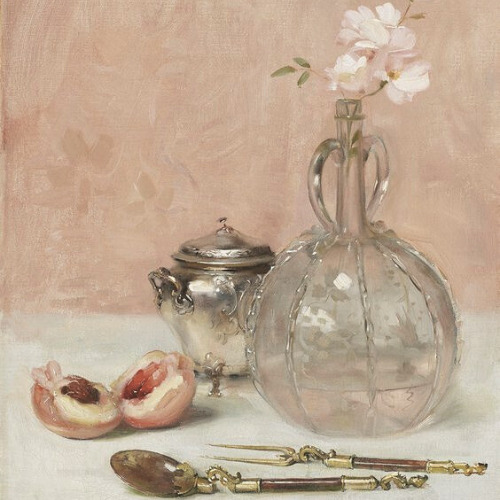
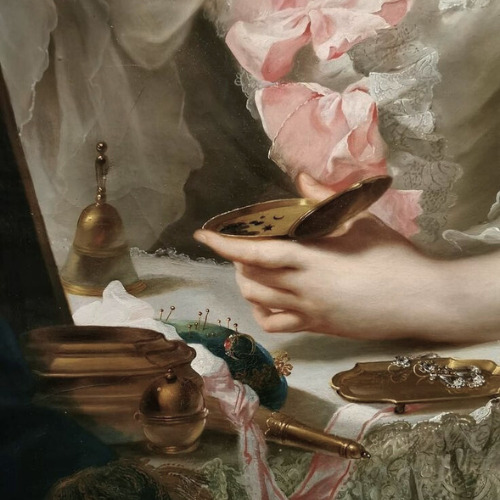

art aesthetics: coquette
#artist is john singer sargent#artist is alexandre-jean dubois#artist is armand dore#artist is hobbe smith#artist is m graziella pani#cant find artist#artist is edouard bisson#artist is charles courtney curran#i cant find the artist-#artist is elizabeth brandon#artist is pierre mignard#artist is auguste leroux#artist is guillaume seignac#artist is guillaume seignac-#artist is eduard veith#artist is arturo ricci#artist is francois-hubert drouais#artist is rupert bunny#artist is frederic soulacroix#artist is vittorio reggianini#artist is francois boucher#artist is louis icart#artist is danny lailai#artist is francois boucher-#artist is delphin enjolras#artist is kathleen speranza#artist is kamskij savelij#artist is joseph bail#cant find artist-#artist is jan adam kruseman
591 notes
·
View notes
Photo
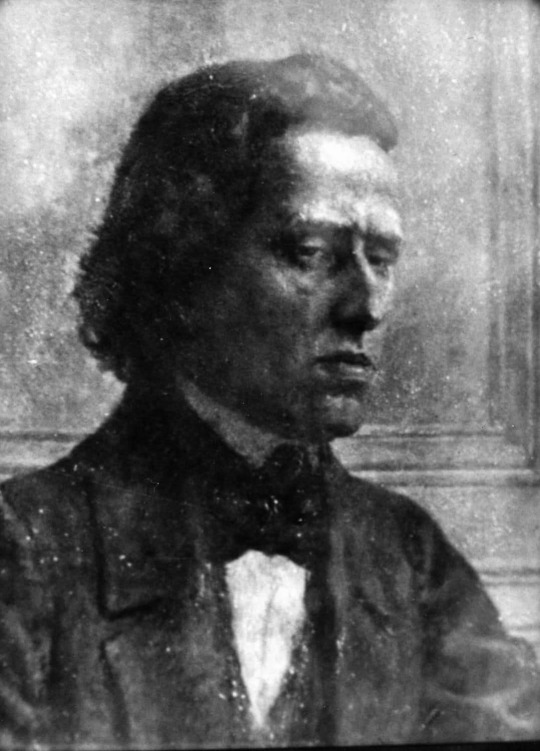
A daguerreotype photograph of the Polish composer and pianist Frédéric Chopin (1810-1849) discovered in January 2017 in the private home of an anonymous music lover by Alain Kohler, a Swiss physicist and Frédéric Chopin connoisseur.
The image was taken around 1847 in the studio of Louis-Auguste Bisson and is only the third known photographic portrait of the composer. This is not Alain Kohler's first discovery of this kind as, two years before his discovery of the photograph, at the home of its current German owner, he found the Pleyel grand piano no. 11265 which belonged to Chopin in the winter-spring of 1844-45 when he resided at Square d'Orléans in Paris.
(credit: The Polish Institute in Paris).
48 notes
·
View notes
Photo
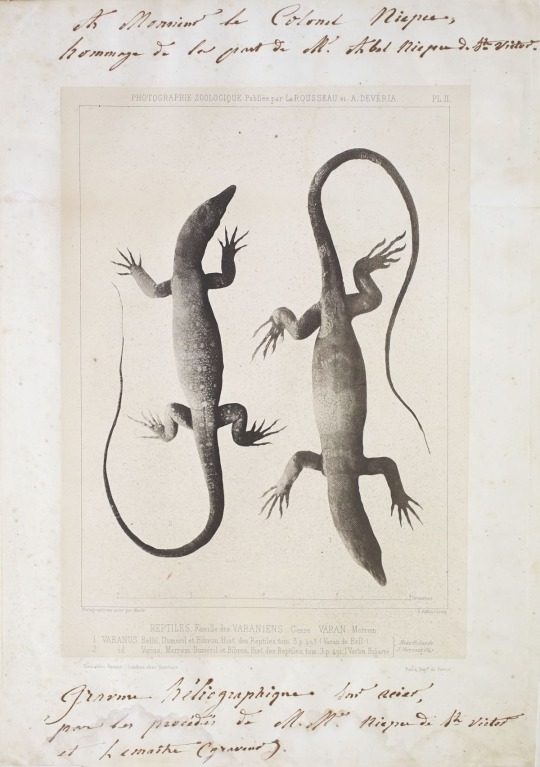
Bisson, Reptiles. Famille des Varaniens, Genre Varan Merre, 1853
+
36 notes
·
View notes
Text

• Cleveland.
Date: ca. 1842-1843
Photographer: Louis-Auguste Bisson (French, 1814-1876)
Medium: Daguerreotype
#19th century picture#19th century#mid 19th century#19th century photo#19th century photograph#19th century photography#antique#antique photography#antique photograph#antique photo#horse#Cleveland#louis-auguste bisson#daguerreotype#ca. 1842#ca. 1843
4 notes
·
View notes
Photo

Bisson frères (attr.) - Ascension du Mont Blanc, photographe et sa chambre, c.1861
56 notes
·
View notes
Photo

Louis-Auguste Bisson et Auguste-Rosalie Bisson, Chutes du Giessbach, 1862
14 notes
·
View notes
Photo
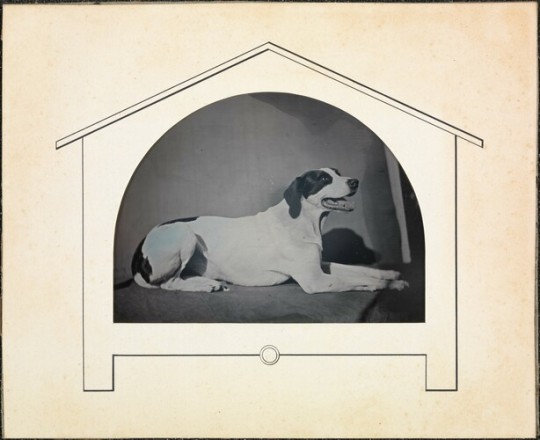
[Dog], Louis-Auguste Bisson, 1841–49, Metropolitan Museum of Art: Photography
Gilman Collection, Purchase, Jennifer and Joseph Duke Gift, 2005
Size: 7.6 x 10.3 cm (3 x 4 1/16 in.)
Medium: Daguerreotype
https://www.metmuseum.org/art/collection/search/283102
37 notes
·
View notes
Photo

Les frères Bisson, Louis-Auguste and Auguste-Rosalie “The Col du Géant” (3,356m - 11, 010 ft) France - Italy border Photographed in 1860
2 notes
·
View notes
Photo
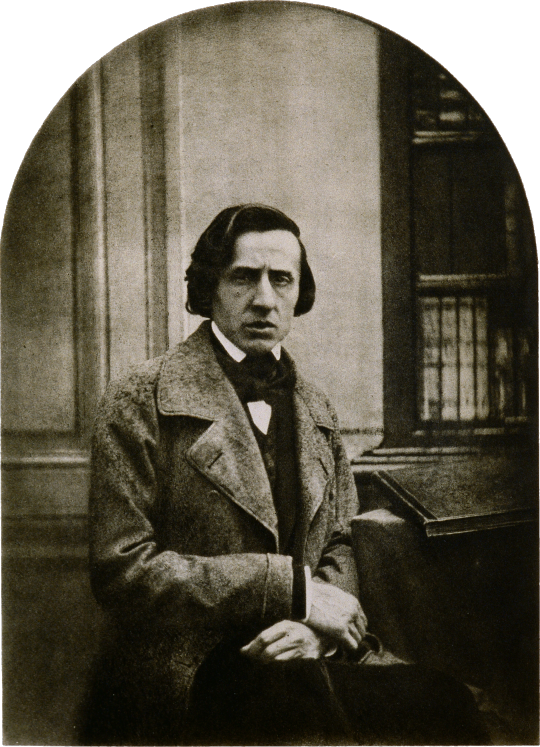
Frédéric Chopin, probably 1849, age 39. Daguerréotype by Louis-Auguste Bisson [1890 x 2613] Check this blog!
12 notes
·
View notes
Text
Frédéric Chopin
Who: Frédéric François Chopin (born Fryderyk Franciszek Chopin)
What: Composer
Where: Polish, active in France and the UK
When: March 1, 1810 - October 17, 1849

Chopin is one of the most famous names in music to the point that an incredibly unmusical cretin like me is well aware of him. He is one of the quintessential musicians of the Romantic era and was piano virtuoso. Over 230 compositions of his survive to this day, many of them recognizable to an international audience and acclaim. At the very least, if you are in the Western world (or at least if you have watched something produced in the West that contains a death in it), you know one of his pieces: "Piano Sonata No. 2", better known as the "Funeral March".
Some other 19th century hits include: "Étude Op. 10, No. 12 in C minor 'Revolutionary'", "Waltz in D-flat major, Op. 64, No. 1, 'the Minute Waltz'", "Życzenie (A Young Girl's Wish), Op. 74, No. 1", and literally over 200 others, many recognizable to the modern lay listener.
Probable Orientation: Aroace or (arguably) had romantic feelings for George Sand
While I had a hard time pinning down his romantic orientation Chopin's sexual orientation was pretty easy. He is another famous virgin (if you will forgive the term) and baffled friends and fans alike in his chastity. He was, with the exception of maybe Queen Elizabeth I the easiest historical figure on the list. Not only were his sexual exploits (i.e. lack thereof) a popular topic of speculation he did have a few things to say about it. He refused sexual advances from all angles, much to the confusion of the people he spurned. Often the questions of Franz Liszt and George Sand are raised, there is no evidence he had any romantic or sexual contact with Liszt, maybe a crush or squish at most.
Sand is a more complicated issue. George Sand was a French author and in her day more famous and well loved than Victor Hugo or Honore de Balzac. But just pegging down Sand's gender is tricky in a modern context.* While she is referred to as a woman her contemporary, Victor Hugo, argued Sand "cannot determine whether she is male or female. I entertain a high regard for all my colleagues, but it is not my place to decide whether she is my sister or my brother.”. So if Chopin was romantically entangled with Sand it is impossible to say whether that would make him gay or straight or if gender even factored into his interest.
And it is difficult to say if Sand and Chopin were romantically involved or if that was read into their relationship. Chopin seemed to say they were not.
Sand herself was probably bisexual and had many lovers over her life. Chopin is listed as one of them, but Sand noted that it was not typical and certainly not physical. It's not even clear if Chopin's feelings were anything more than platonic.
While his romantic orientation might be unclear his sexual orientation is not. Quotes straight from Chopin himself close the issue of his sexual orientation pretty firmly, however:
"My[,] Scotswomen are kind...They are kind, but so boring that the Lord preserve them! - Every day I get letters, and answer none of them; and wherever I go, they come after me if they can. Perhaps that has given someone the notion that I am getting married; but there really has to be some kind of physical attrait [attraction], and the unmarried one is too much like me...Friendship is all very well, but gives no right to anything further. I have made that clear.
"Even if I could fall in love with someone, as I should be glad to do, still I would not marry…
"Anyhow, I don't need to write you all this, for you know how I think - [crossed out]. So I don't think at all of a wife, but of home, of my Mother, my Sisters. May God keep them in His good thoughts. Meanwhile, what has become of my art?...
"I am not complaining to you, but since you have asked, I explain to you that I am nearer to a coffin than to a marriage bed…"
-Chopin letter to Wojciech Grzymala, October 1848
"...Mrs. Lyschinska says that Chopin was gallant to all ladies alike, but thinks that he has no heart. She used to tease him about women, saying, for instance, that Miss [Jane] Sterling was a particular friend of his. He replied that he had no particular friends among the ladies, that he gave to all an equal share of his attention…
"'Not even George Sand then,' she asked 'is a particular friend?'
"'Not even George Sand,' was the reply."
-Frederick Niecks, Chopin (1888) quoting a friend of Chopin
*Sand was AFAB in an era before transgender people were recognized. She went by female pronouns and as far as I can tell referred to herself as a woman, but who can say what she would do today. She acted out male gender roles, and often wore "male" clothing, although Sand argued this was because the clothing was sturdier and cheaper than what a noblewoman were supposed to wear at the time (certainly true). She went into male spaces and carried out male roles. She went by George Sand (her male pen name) rather than her birth name even off the page.

[image description: Image 1: a photo of Chopin by Louis-Auguste Bisson in 1849. In is a faded black and white photo showing a white man with a pained expression on his face. He has a high forehead, a largish nose, and a round chin. He has dark hair parted to the side that falls around his ears. He is wearing a suit and has his hands on his lap.
Image 2: Chopin Playing The Piano In Prince Radziwill's Salon by Hendrik Siemiradzki (1887). It shows a crowded room filled with well dressed men and women gathered around Chopin seated and playing the piano.
End ID]
47 notes
·
View notes
Photo

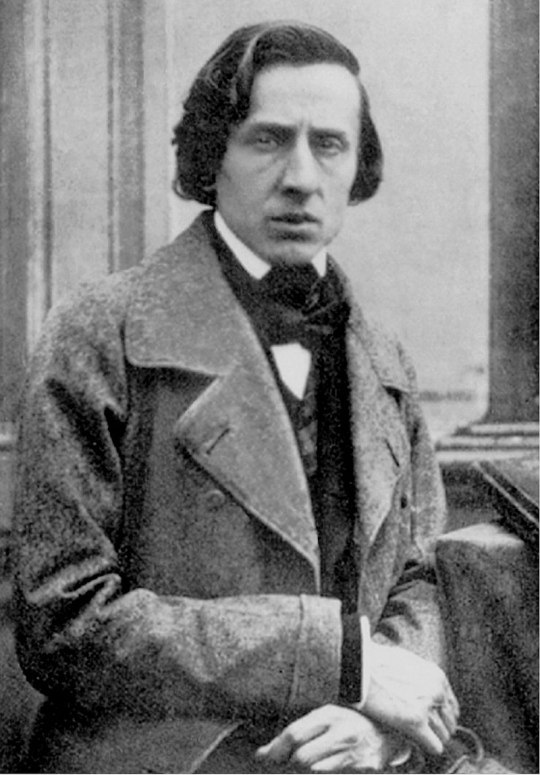
Chopin died on this day, 17th October, in 1849.
Picture 1: Chopin’s Tomb at Père Lachaise Cemetery in Paris.
Picture 2: Photograph of Chopin dated circa 1849 and taken shortly before the pianist and composer’s death by the French photographer Louis-Auguste Bisson (1814–1876).
32 notes
·
View notes
Photo

Cathédrale Notre-Dame de Paris. Construction de la flèche par Viollet-le-Duc, 1860.
Bisson Frères (actifs entre 1840 et 1870),Louis-Auguste Bisson (1814-1876) et Auguste-Rosalie Bisson (1826-1900).
88 notes
·
View notes
Photo


Louis-Auguste & Auguste-Rosalie Bisson (photo), Notre-Dame Cathedral (Rouen, 1855-57)
© Bibliothèque municipale de Rouen
#frères bisson#bisson#notre dame#notre dame de rouen#rouen#19th century photography#architecture photography#gothic architecture#vault#cross vault#spire#church spire#french architecture#medieval architecture#architecture
14 notes
·
View notes
Photo

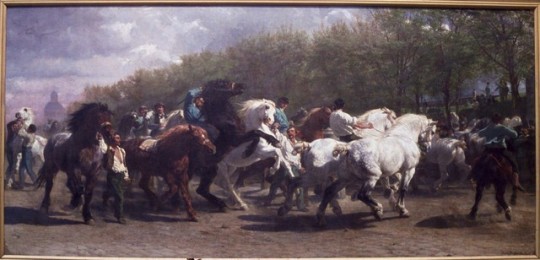
Happy Birthday to Rosa Bonheur who was born on this day in 1822.
Bonheur was a pioneer on many levels, becoming the most popular animal painter of the nineteenth century, breaking the traditional conception of women’s painting as a “lady’s pastime in the home rather than a full-time job on which her entire livelihood might depend.” [1] Not only that, Bonheur did not stay home to paint subject matter usually associated with women painters, such as flowers and domestic animals. Rather, she went outside, sketching barn animals and studiing their anatomy, even frequenting slaughterhouses at a time when “few women and certainly no ladies would ordinarily dream of setting their dainty feet”[2] in such places. When Bonheur went outside to work, she often wore “trousers, workingman’s smock, felt hat, and heavy boots.”[3] At the time, she could have been arrested, since it was illegal for women to wear men’s clothing without police permission. Bonheur was one of only twelve women who were able to obtain a cross-dressing permit in the 1850s.
****
Rosa Bonheur was most well-known for her painting entitled “The Horse Fair.” She became instantly popular in America when this painting was shown in New York in 1858. Her notoriety was such that in the 1860s, Rosa Bonheur dolls were produced and became very popular among Victorian girls.
Bonheur was open about her sexuality as a lesbian and had two long-term partners. First, Bonheur lived with Nathalie Micas for forty years until Micas’ death, and then later with Anna Klumpke, an American artist 34 years Bonheur’s junior who was also her portraitist and biographer. Thus, not only did Bonheur pave the way for many women artists, but also for lesbian artists. (Texts summarized from Rosa Bonheur : the artist's (auto)biography)
Rosa Bonheur (1822-1899)
Creator: Bisson, Louis-Auguste, 1814 - 1876
Paris, France
Albumen silver print on card, Cartes-de-visite
9 x 5.8 cm
HOLLIS Number: FAL281616
Fine Arts Library Special Collections
Rosa Bonheur : the artist's (auto)biography
Rosa Bonheur. English
Anna Klumpke ; translated by Gretchen van Slyke.
Author: Klumpke, Anna, 1856-1942.
Ann Arbor: University of Michigan Press, c1997.
xxxviii, 295 p., 8 p. of plates: ill.; 24 cm.
English
HOLLIS number: 990074182560203941
Horse fair
Bonheur, Rosa, 1822-1899, French
Date: 1852-1855
Oil on canvas
244.5 x 506.7 cm.
Metropolitan Museum of Art, New York, New York, United States 87.25
HOLLIS Number: olvwork11023
[1] Rosa Bonheur: The Artist’s (Auto)Biography. Anna Klumpke. Page xxx
[2] Page xxxi
[3] Page xxxi
#rosabonheur#artistsbirthday#BOTD#BornOnThisDay#frenchpainter#womenartist#WomensHistoryMonth#lesbianartist#horsefair#fineartslibrary#harvardfineartslibrary#harvardfineartslib#Carte de Visite#special collections#harvard library#Harvard
13 notes
·
View notes